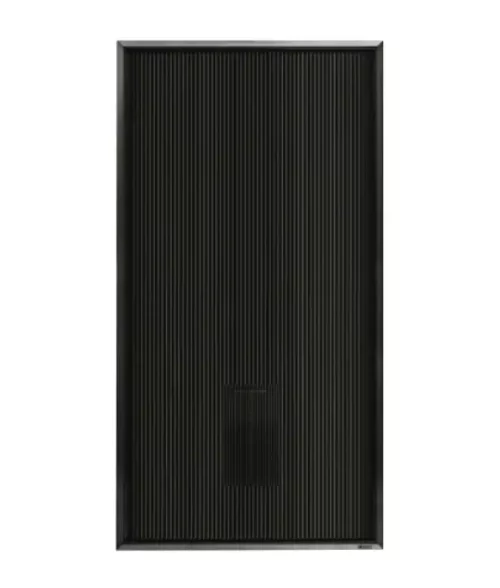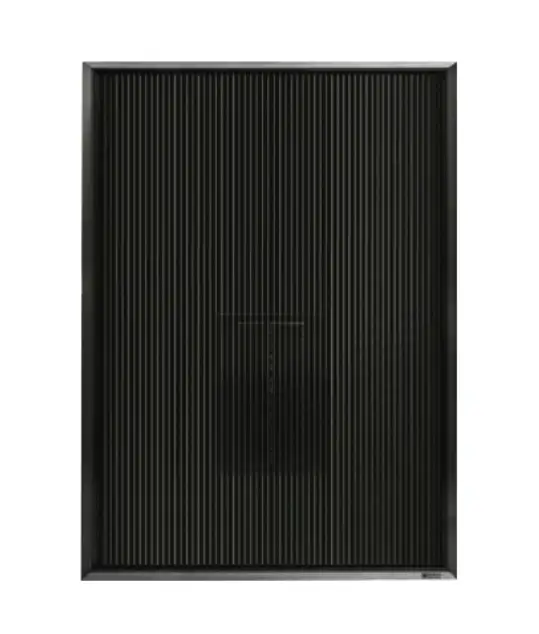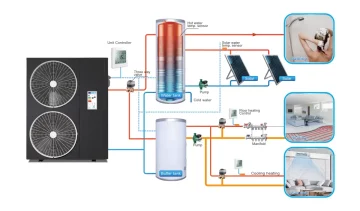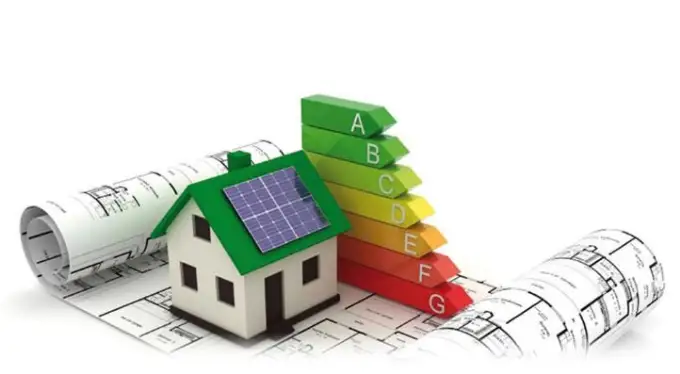Mold in the hangar and ways to eliminate it
Mold is a microscopic fungus that can grow on any surface. In the process of its growth, the mold releases substances toxic to humans and allergen spores into the air, and also destroys the surfaces with which it comes into contact. Therefore, mold in the hangar becomes a threat to equipment, personnel, and the premises itself.
Mold in the hangar appears when the heating and ventilation standards are violated. The ideal conditions for the growth of the fungus are high humidity and musty air. Most often, mold appears near water or sewer pipes, in places where condensate accumulates, in dark corners, on leaking roof elements. How dangerous is the fungus, and how to rid the hangar of mold?
Mold danger in the hangar

Mold spores are present in soil, water, and are carried through the air along with dust. Once in favorable conditions, the fungus begins to grow actively. An overgrown colony of mold exudes a characteristic smell of dampness and mustiness, which is easy to detect fungus in the hangar.
Removing mold from the hangar becomes a paramount task, since the appearance of this fungus causes significant damage. There are risks for:
- Equipment and machinery (machines, loaders, tools).
The fungus enhances the corrosion of materials, reduces their strength, and destroys the structure. Equipment breaks down faster, requires frequent maintenance or replacement. The financial costs of maintaining the technical base are growing significantly.
- Human.
Mold in the hangar poses the greatest threat to humans. Mold spores are a strong allergen. They cause chronic asthma, bronchitis, tracheitis, impaired lung function. Some types of mold (such as aspergillus) produce deadly toxins that affect internal organs and also affect cellular structure. Do not work in a room contaminated with mold.
- hangar structures.
Mold damages the support beams, they are not able to support the weight of the hangar, cracks appear in the structure, and there is a risk of collapse. Another threat is damage to the insulation of the wiring and the resulting short circuits.
In general, the appearance of mold in the hangar leads to:
- violation of the conditions of storage of goods and cargo;
- a significant reduction in the life of equipment and buildings;
- an increase in the risk of fire, collapse, problems with utilities;
- violation of sanitary and epidemiological standards and the threat to human life.
How to remove mold from the hangar?
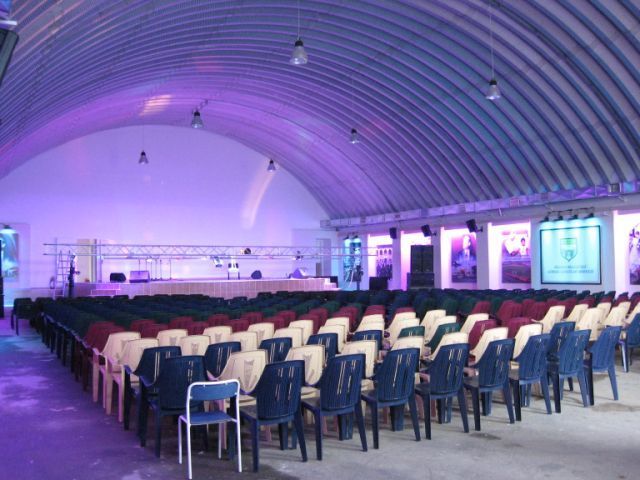
Removing mold from the hangar is a time-consuming and financially costly procedure. First, the colonies are destroyed mechanically using special scrapers. Then all surfaces are treated with specially selected chemical compositions. It is more difficult to deal with disputes, for this it is recommended to clean all the items stored in the hangar, as well as solarize them. The next step is to protect the hangar from mold.
It is much easier to prevent the appearance of a fungus than to rid a hangar room of it. To do this, it is enough to create effective ventilation, which normalizes the humidity of the air and excludes zones of its stagnation.
Effective and inexpensive mold control in the hangar
Natural ventilation cannot cope with the tasks of dehumidifying the air, so hangar owners are forced to install supply and exhaust systems or dehumidifiers. The air is additionally heated, as a result of which excess moisture evaporates. Condensation does not form, water does not accumulate in the corners, building materials and thermal insulation do not get wet – the necessary conditions are not created for the growth of a dangerous fungus.
But electrical equipment has its drawbacks. The key is the increased power consumption, which increases the cost of maintaining the hangar. In addition, an additional load is created on the wiring, the risk of a short circuit increases, and additional power lines are often required.
The use of solar-powered equipment allows you to economically solve the problem of mold and prevent the appearance of fungus. This is a modern alternative to electric dehumidifiers that does not burden the budget of the enterprise.
- Solar equipment is simply mounted, and its installation does not require the development of project documentation or coordination with energy sales companies.
- The devices are autonomous, do not require connection to the electrical network.
- In the process of operation, the devices do not consume paid energy resources – the cost of maintaining the barn does not increase.
At the same time, solar equipment allows you to create effective ventilation in industrial and utility rooms of any size and geometry. Collectors heat and dry the air, create forced circulation, due to which exhaust gases are removed in a timely manner and the risk of stagnant zones is eliminated. Mold will not appear in the hangar, and its owner does not bear any additional costs for the maintenance of devices or their use.

